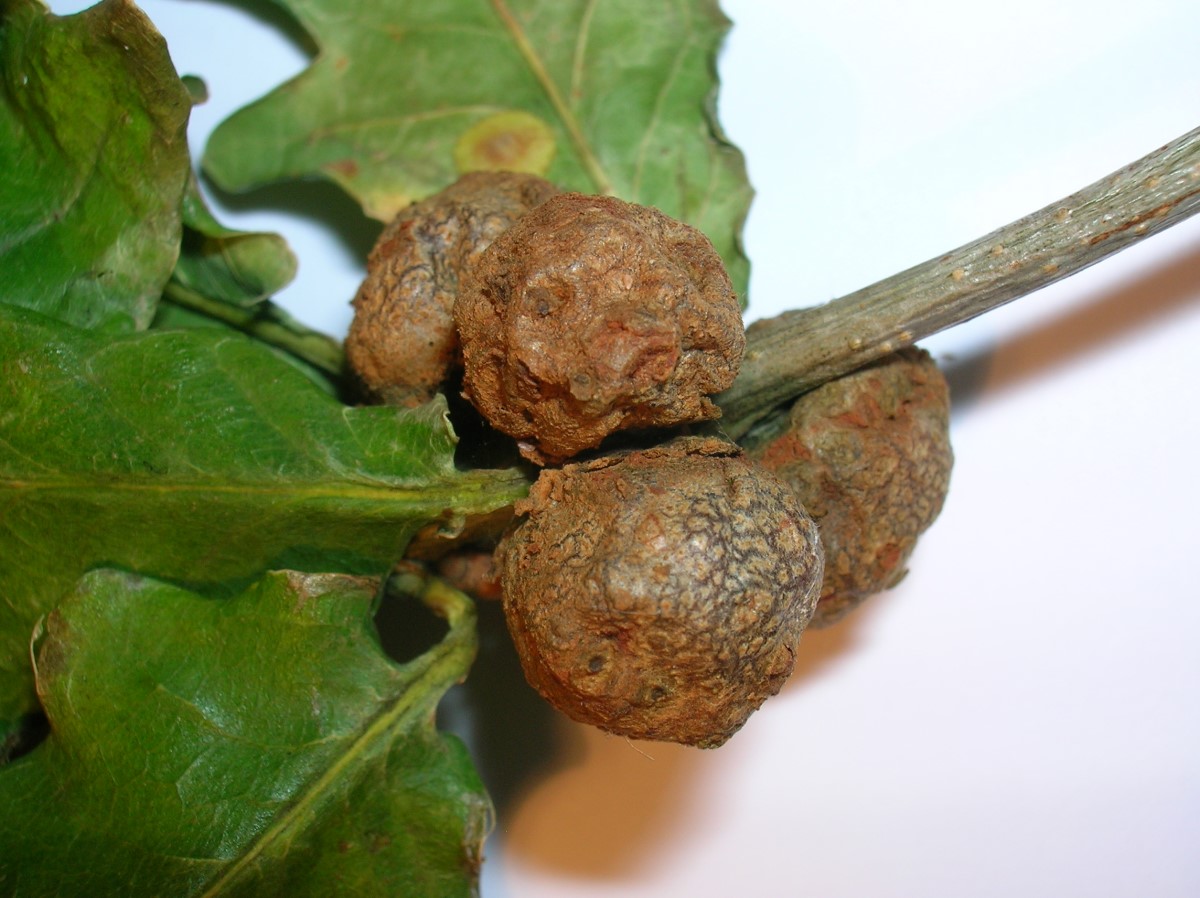
Successful detailed tracking of major plant disease’s global spread
On Jun. 4, 2020, Agricultural Research Service scientists and their Oregon State University collaborators announced they had developed a new, highly detailed genetic way to trace the spread of Agrobacterium, one of the world’s most important bacterial plant pathogens. The research results were published in Science.
Agrobacterium causes crown-gall disease in fruit trees (apple, cherry, berry, walnut), woody ornamentals and shrubs including roses, herbaceous perennials, grape vines, and shade trees, in all affecting more than 100 greenhouse and nursery species valued at $16.2 billion in annual economic activity in the United States. It also is particularly problematic in hydroponic crop growing.
What gives Agrobacterium its virulence is the presence of plasmids inside the bacterial cells. Plasmids are autonomously replicating DNA molecules that have become part of the bacterium but are not essential to the physiology of the cells. These plasmids have genes that give Agrobacterium the unique ability to transfer a portion of the plasmid into plant cells and genetically reprogram the host to cause disease.
The researchers were able to track at least seven cases in which global distribution of plants contributed to the widespread transmission of a single Agrobacterium strain-plasmid combination. In one case, they tracked one nursery that produces plants for wholesalers that may have served as a kind of patient zero source for many outbreaks. Strains of the same genotype-plasmid combination were later identified in two other nurseries in another part of the world.
With the ability to separately analyze the bacteria from the plasmid, they found many cases in which plasmid transmission perpetuated disease spread. For example, the researchers found one strain/plasmid combination that was collected in 1964. Plasmids with the same sequences were identified in strains collected 30-40 years later in very different parts of the world.
Understanding the genetic basis for how pathogens like Agrobacterium evolve and diversify, especially in agricultural settings, provides a new foundation for determining their spread, at high resolution, and assessing risks of future outbreaks.
Tags:
Source: U.S. Department of Agriculture
Credit:
